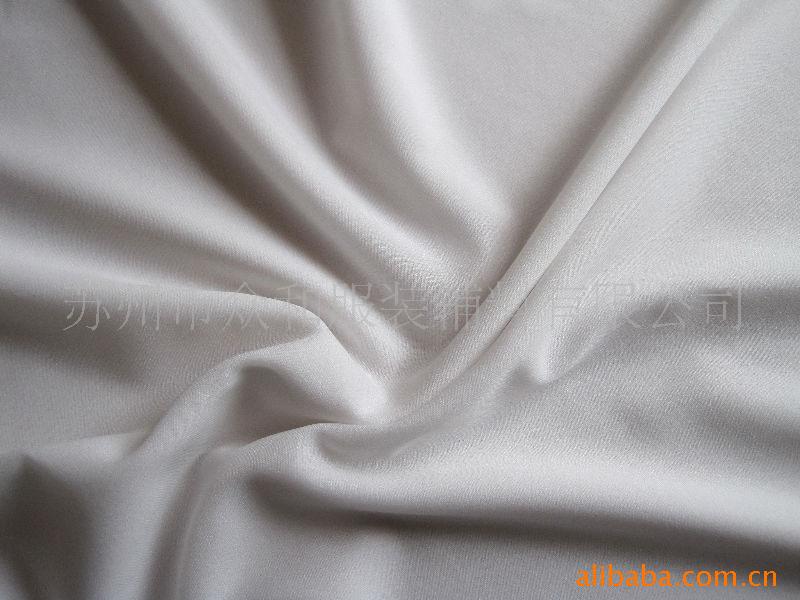
The Advantages and Applications of Woven Interlining
Woven interlining is a versatile material used in various industries for enhancing the structure, stability, and appearance of garments and other textile products. This article will delve into the benefits and diverse applications of woven interlining in the fashion and textile industry.
Woven interlining, a crucial component in garment construction, offers a myriad of benefits owing to its unique properties and construction. Below are some key advantages and applications of woven interlining:
Enhanced Structural Integrity: Woven interlining provides additional support and stability to fabrics, particularly lightweight or delicate materials. By adding a layer of interlining between the fabric layers, garments can maintain their shape and structure, preventing sagging or wrinkling.
Improved Drape and Body: One of the significant advantages of woven interlining is its ability to enhance the drape and body of fabrics. It adds weight and substance to lightweight textiles, resulting in a smoother and more polished appearance. This is especially beneficial for garments such as dresses, blouses, and suits, where a well-defined silhouette is desired.
Ease of Handling and Sewing: Woven interlining facilitates easier handling and sewing of fabrics, especially those that are challenging to work with due to their texture or stretch. It provides a stable base for stitching, preventing distortion or puckering during the sewing process. This makes it an invaluable tool for both amateur and professional sewers.
Versatility in Design: Woven interlining comes in a variety of weights, densities, and compositions, allowing designers to customize the level of support and structure according to their specific requirements. Whether it’s a crisp collar on a shirt or a structured hem on a dress, interlining can be tailored to achieve the desired effect without adding bulk.
Durability and Longevity: Garments reinforced with woven interlining tend to have greater durability and longevity compared to those without. The interlining helps distribute stress and strain evenly across the fabric, reducing the likelihood of tears or seam failures. As a result, clothes maintain their shape and appearance even after multiple wears and washes.
Functional and Decorative Applications: Apart from its role in garment construction, woven interlining serves various functional and decorative purposes. It can be used to add warmth and insulation to outerwear, create crisp cuffs and collars on shirts, or even embellish garments with intricate patterns and textures.
Woven interlining plays a vital role in enhancing the quality, appearance, and longevity of textile products. From improving structural integrity to facilitating ease of sewing, its versatile applications make it an indispensable tool for designers and manufacturers in the fashion and textile industry.
Product Description of Woven Interlining
Detailed Product Description
Plain weave Woven Interlining, stretch interlining
Item:2030,2050,17510
1)Spec.:
2030 is 30DX30D,item 2050 is 50DX50D,item 17510 is 75D*75D
2)Content: 100% polyester
3)Coated:PA double dot coating
4)Weight:item 2030 is 31gsm,item 2050 is 46gsm,item 17510 is 55g
5)Width:122cm/150cm
6)Color:White/black/other colors
7)Temperature:130-150 C
8)Pressure:2-4 bar
9)Time: 10-15 seconds
10)All of items can be required for (dry-cleaning and 40 degree washable) or (enzyme washing)
11)Application:These interlinings are suitable for women’s thin,light and colorful fabrics.

Color: we can make the color according to customers’ requirement
